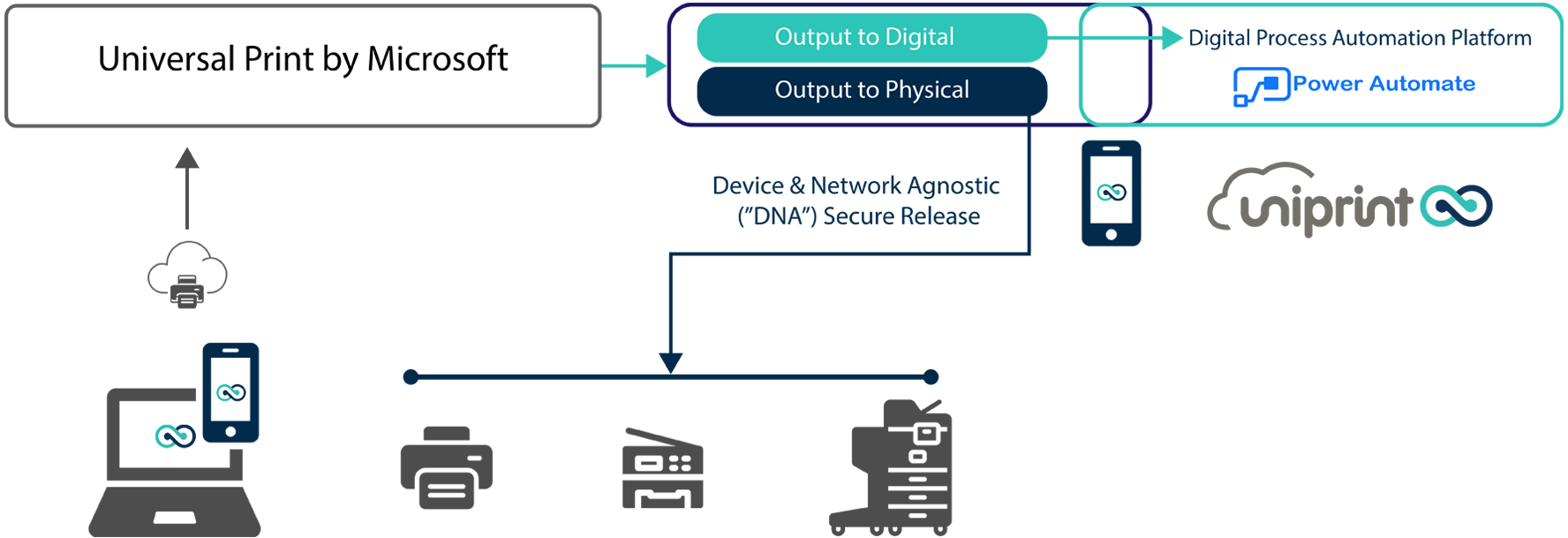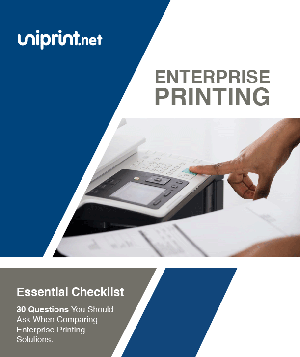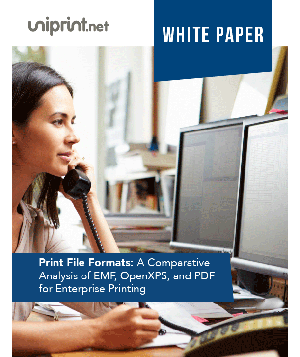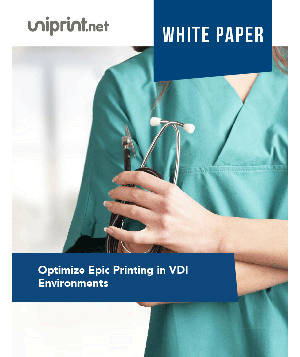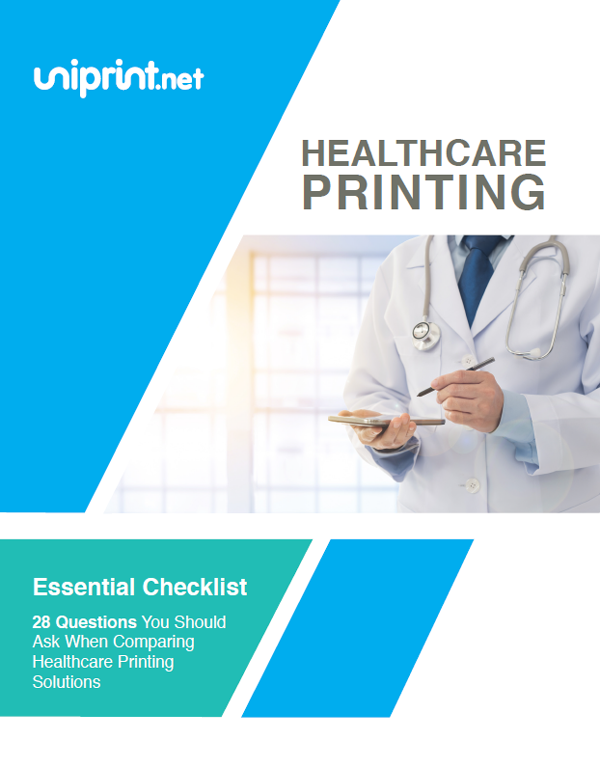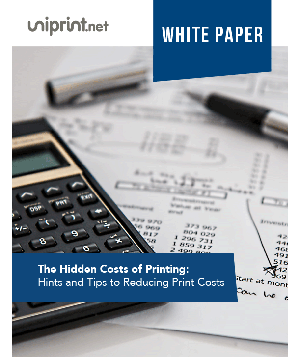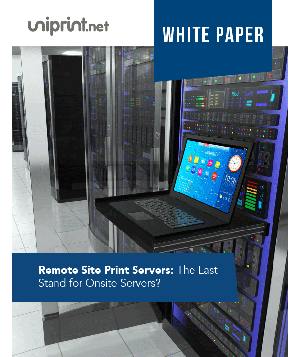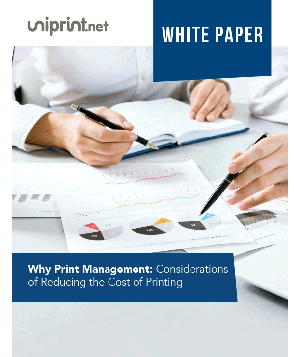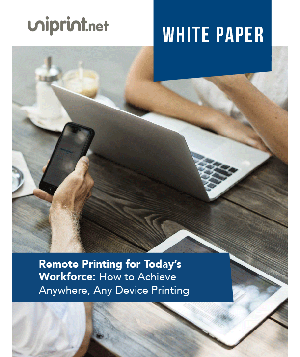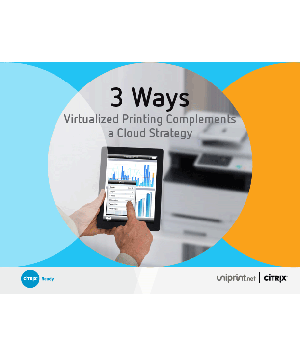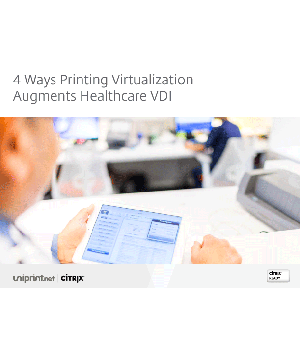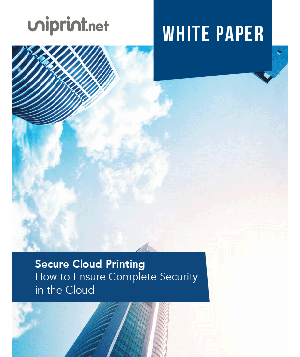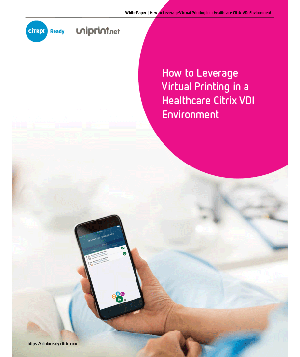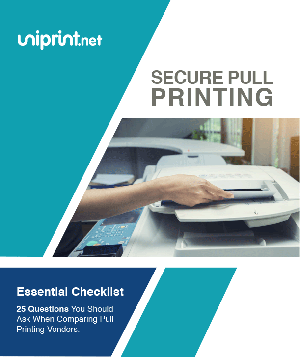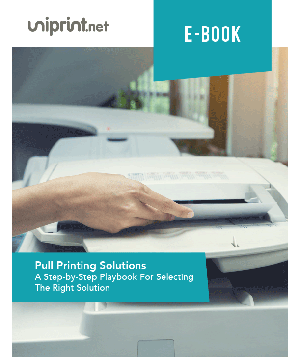UniPrint InfinityCloud for Universal Print by Microsoft
With Universal Print now being part of Microsoft 365, it will help to simplify corporate printing. The cloud-based printing solution runs on IPP and Azure AD to enable administrators to easily manage users and printers without requiring any print servers.
Adding UniPrint Infinity to the Universal Print solution will further enhance print management capabilities. It works by directly integrating with Microsoft 365 and enables secure Print-to-Physical and Print-to-Digital capabilities for business process automation.
Key Universal Print Benefits
How it Works
Azure Active Directory users with a Microsoft 365 subscription can easily access the Print-to-Physical-Release and Print-to-Digital-Workflow queues through our UniPrint InfinitySend Agent as cloud printers.
Users can self-administrate and add these printers (no driver is installed) from their Windows device, or the IT administrator can push down printers to any user or group within the organization. Once the cloud printers are created on their device, users can start printing like they are normally do. As the document is printed, the print job is spooled into the Azure Cloud then routed into the UniPrint Infinity system as a secure PDF/XPS file.
Disrupt Paper Through Print-to-Digital-Automation with Universal Print
Printing to Physical (with Secure Release)
If printing to the physical release queue, users can securely release their print job on demand from any mobile device using UniPrint Infinity’s mobile app or through the physical vPad release stations. Both secure release methods support Microsoft Azure AD authentication and ensures users have a secure and seamless experience.
Printing to Digital (for Process Automation)
If printing to the digital workflow queue, print jobs will be converted for digital process automation. The Print-to-Digital feature allows the capture, auto-classification and data extraction of the print job using Microsoft’s machine learning and A.I. platform for process automation, and outputs your processed data to any system, including ECMs, ERPs, EMRs, CRMs, and RPA, which reduces workload and operating costs.





